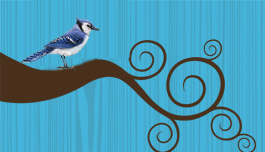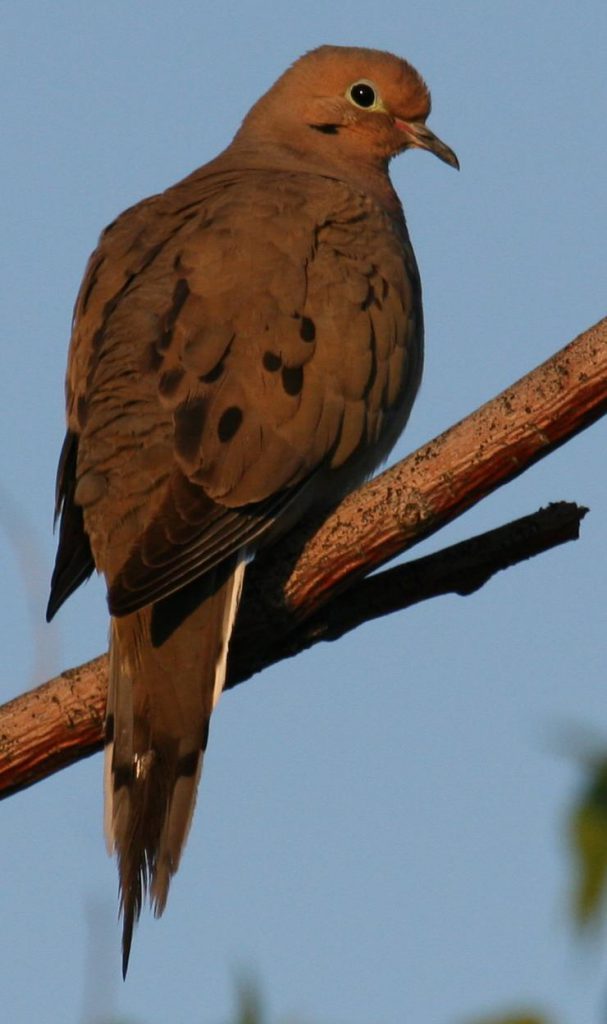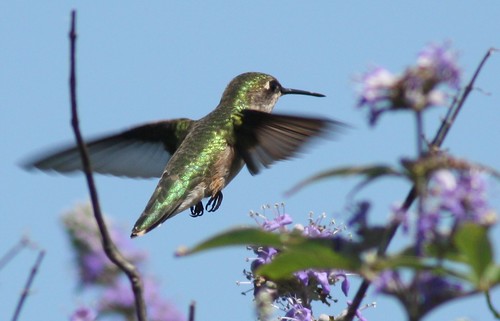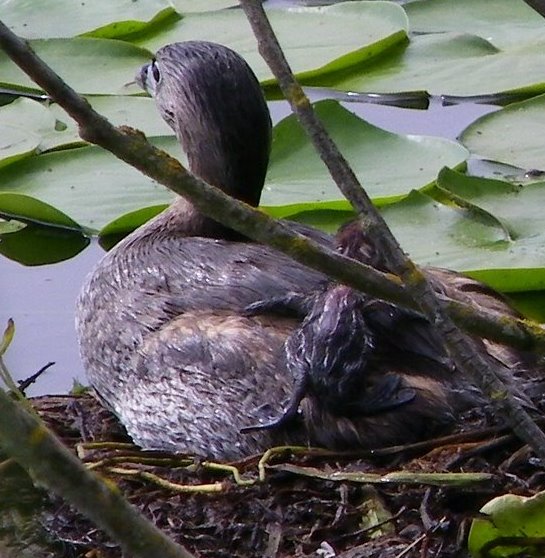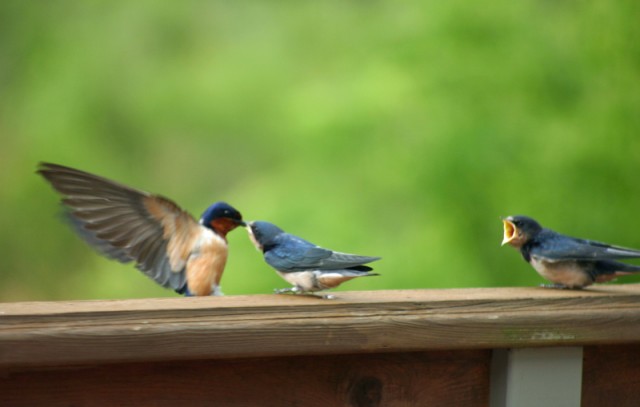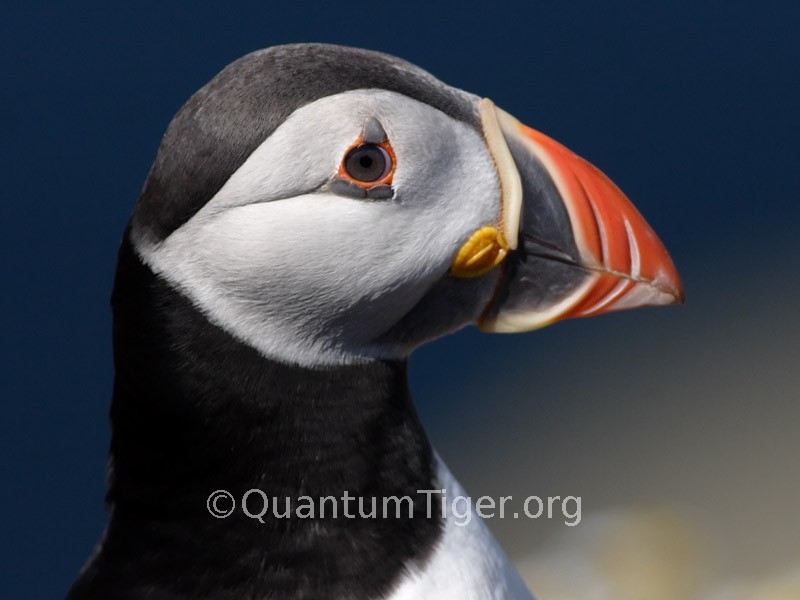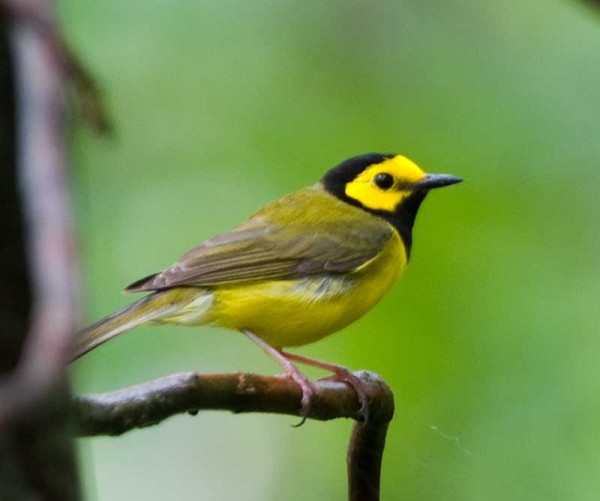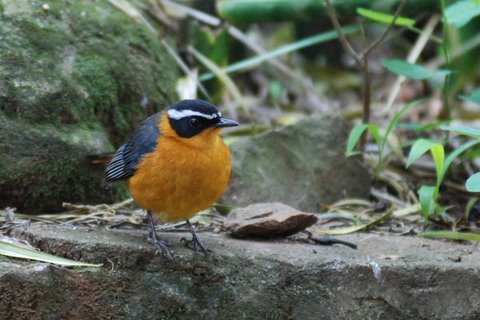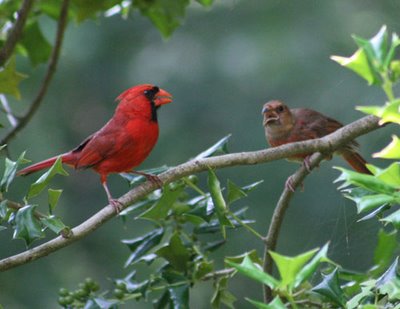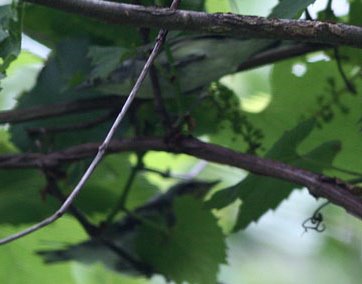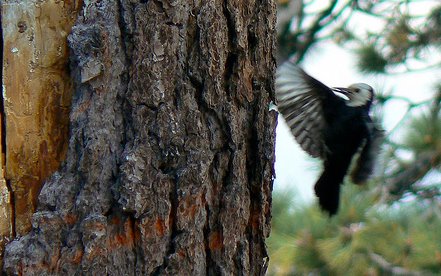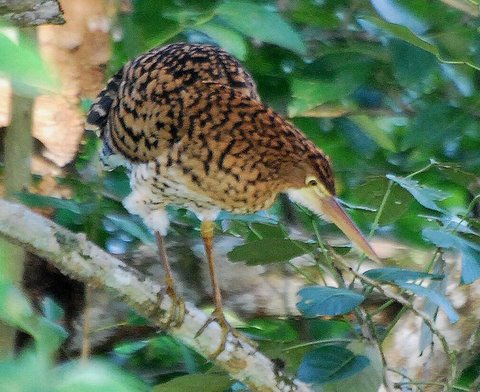First Birdbloggers Tweet Club
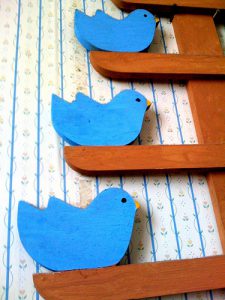 Hey, we’ve done it. This is a follow-up on my post on July 8 announcing the tweet club.
Hey, we’ve done it. This is a follow-up on my post on July 8 announcing the tweet club.
There are 14 birdbloggers tweetclub posts this 1st week. Starting with a late start. I won’t go into why this was not published Monday, as promised as that would fill on other blog post. Let me just summarize that we are dealing with high season birding tours in Peru and that my wife is almost due to have a baby any day now. My obligations are elsewhere, as you probably can appreciate. I did however, send off the first batch of tweets last night as some of you may have seen. So the ball is rolling. Be sure to read this long post to the end, because we shall take this idea to Facebook as well.
Birdbloggers Tweet Club rules
- Commit to retweet at least 10 of the tweets below.
- If you can, pls retweet up to 3 times over the week on different days and times.
- Read the blogs you retweet. Remember, that the blogs you retweet are your personal recommendations.
- Consider re-writing the tweets in a personal way, if my interpretation is not in your liking or if you want a personal touch in your re-tweet.
- You may just retweet a seed tweeted by someone else if you prefer.
- You may or may not include the @reply of the web-owner in the tweet. It is not technically a retweet of course just copying the below and you are not re-tweeting an original message to Twitter, so you may well take credit for your first seed yourself. This also gives more space for your followers to retweet and maintain your credit.
- I have decided not to include a hashtag for the tweetclub. You can use hashtags such as #ecomonday, #birdsaturday, #birding etc in the tweet to give it more exposure.
Concerns and tips
Dawn Fine raised an interesting point. How can we do this without becoming spammers on Twitter? I think it is only an issue for those followers you may have that follow less than 50 people and 14 of those followers are the same birdbloggers here. In most cases many tweets will be lost in the Twitter stream. You reader may not see the tweet the first time it is sent. Many “retweets” make sure everyone that could be interested in reading the post will get exposed to it. What is more, your post will be seen by a lot of people that are not following you presently, and this is the main benefit when birding blogs go viral. In any case, we should be aware of the potential risk of coming off as spammers and raise a flag if you notice it becoming a problem.
The main recommendation though is that you are honest to yourself. You shouldn’t retweet something that you have not read. Retweeting is like recommending, so therefore the posts you are re-tweeting are seen as your personal recommendations.
Don’t retweet the exact message here below if you are not in agreement with the article or if you don’t like it.
This could also teach us to write more interesting blogposts. If you want readers to your blog, you have to understand that you are not writing for your personal joy only, but for your reader. This will make a shift in what you write about. Soon you find yourself writing posts of stuff that you think will interest a lot of people. Those posts will have a natural place here on the tweet club. If you find after this exercise that your post gets less click than the others, this may well be a hint to you. Don’t take it personal, but let it be an inspiration to write more interesting posts to your readers.
Twitter is also about reciprocals. Retweeting somebody’s blogpost is a much better way of saying thank you for a Retweet, than just publicly say thanks.
How to read 14 blogposts in 15 minutes.
Another point Dawn raises is how on earth shall anyone have time to read all these posts. We are all very busy. Most browsers today allow you to open multiple tabs. Click on your browser program to get a totally new window and open this blog post there. Then click on one bit.ly link one after the other while holding the ctrl key pressed. It should be no problem open 10 to 15 tabs at one go. Then spend up to 1 minute on each post. This should be enough to see if you like the post or not.
What bloggers should try to remember to get retweeted is:
- a good photo to start with that catches the eye. The old saying “a photo is worth a 1000 words” applies in blogging.
- a very catchy title
- good headlines for the sub-sections in the blog.
Does retweeting work?
These were the posts that had most clicks of those that I retweeted in the last I and the Bird #104, which appeared in two parts. The first part described the idea of using twitter as a means to spread the word about the blog carnival and the individual posts that were presented in a tweetable fashion similar to what we are doing here. The second part also included a photo from each blog and some statistics from the first twitter session. I retweeted all posts twice. The most popular posts got these many hits because they were retweeted by many others. This is what we want to achieve also with the tweet club. Here are the results as of today from the I and the bird post.
- Have you ever seen 50000 Purple Martins falll from the sky? Check out the video on this site. https://bit.ly/GdMEN
Tweeted first at 06.00 July 8: 102 clicks.
- I bet you never seen a Yellow-breasted Grosbeak. It’s not in the book, yet here is a photo. https://bit.ly/3MbcA4
Tweeted first at 21.20 July 8: 94 clicks.
- Here is the punkiest of all chicks. I don’t know if this is cute or ugly. What do you think? https://bit.ly/U7QGJ
Tweeted first at 09.00 July 8: 91 clicks.
- Barred Eagle-owl takes a monkey in Singapore. Impressive! https://bit.ly/hTzF4
Tweeted first at 18.50 July 7: 82 clicks.
- The puffin is the Toucan of the Northern seas with that colorful beak. Check these smashing photos. https://bit.ly/wYwbq
Tweeted first at 08.00 July 8: 70 clicks.
Two things to think about when studying the content of the above links. You may notice that I seldom use the titles of the original blog post. When tweeting it is useful to use tricks to catch the attention in the tweetstream. Use big words and superlatives when appropriate. I have no idea if they were 50000 Purple Martins but they were a hell of a lot, and the number sounds appropriate to what I could see, even though they may have been 20000 or perhaps 70000. But it is obvious that the tweet title worked. Think about this when posting your next blogpost to twitter.
Secondly, what role do you think the photos played to get visitors to the post? Certainly post 3-5 ranked this high due to the photos provided.
Tweetclub tweets #001
Here are the 14 participants of this week.
- RT @docforestal Many bird photos and a checklist of the birds seen at Moosehead Lake, Maine https://bit.ly/B0nvn
- RT @gonolek This is great literate memoir blogpost from Birdman partly about birding on Scilly in late 70s. https://bit.ly/11OL6p
- RT @birdingdude Sheer madness or daring run? A twitch, as the Brits would say. Mississippi Kite in NY https://bit.ly/ZT4Au
- @DawnFine I can’t sleep at night. Flying squirrel and Whip-Poor-Will making too much noise. https://bit.ly/vIaxU
- @journowl Endangered world’s heaviest parrot goes home https://bit.ly/kakapo (@journowl provided the link and it had 18 clicks prior to me posting the first tweet)
- @soaringfalcon1: Great pics of Red-shouldered Hawk and a video to learn its call. https://bit.ly/3UTZ5k
- @wrenaissance Slide show of the cutest Barn Swallow chicks begging for food. https://bit.ly/Qj855
- @patbumstead It’s a new blog but will be a big one when it grows up! Canada’s National Bird. https://bit.ly/I7KOF
- @HastyBrook Bloggers and Tweeters meets Birds and Beers in Minnesota!! https://bit.ly/jZaTy
- @babw Impressive digiscoping results from https://bit.ly/Dkp5E from Oregon
- @jeffgyr: Want some good Karma? Join Jeff saving Red Knot by flipping Horseshoe Crabs. https://bit.ly/ar1OJ
- @VickieHart Great photoblog about Hummingbird banding. https://bit.ly/RfMpr
- @Birdfreak Recommended books for birders – Birdfreak does a lot of birdbook reviews. Here is a summery. Check it out https://bit.ly/1gRgem
- @kolibrix The mightiest of all Eagles. The Harpy Eagle. https://bit.ly/UjqOx This link had 88 hits prior to participating here.
I have added the Twitter handle here. I suggest you follow each, but please note that you don’t have to include the handle in the tweet you do, as I explained above. By following you can also check whether each fulfill the commitment! (Devilish, isn’t it?).
UPDATE: One great service to use for the re-tweets so it becomes less spammy. Spread them out in time with programmed tweets with Tweet Later. This is a great little app that is free of charge. You can schedule your tweets with this app. It is a great way to collect things you want to share for #ecomonday and #birdsaturday – and naturally a way to retweet birdbloggers tweet-club posts.
Why are all the links bit.ly?
Yes, I changed your links! Bit.ly gives a great tool to see how many clicks this exercise actually gives each and every blog. Just copy the bit.ly link and put it in your browser followed by a plus like this: https://bit.ly/1gRgem+ Cool, huh? This way we shall see which participants are getting most traffic.
Where to go from here? What about a Facebook blog-sharing club?
The other day, I came across Jeff Gordon’s blog about flipping horse shoe crabs, that he shared on his facebook wall. I had 12 people interacting directly on my wall, so that is immediately 12 people sent to Jeff’s blog and there were probably more as not all those that clicked on the link may have put a comment or “like this” for the link.
Facebook is more effective in getting regular readers to your blog, because they are your friends, but they would be constantly the same people visiting. If you want to reach beyond that maybe we can use the same Twitter club strategy on Facebook. Well almost the same…
…Facebook is more closed than Twitter, so it is necessary to be more restricted in what you post. There are many of your best Facebook friends that will be reading every line you send so you don’t want to spam them with send every blog their way. Best to pick your favorites. On Sunday, I am going to pick the five most popular of the above posts and put them on my Facebook wall during the following week. You may do the same or you could just pick a few of those that you like.
There is an app on Facebook called NetworkedBlogs that many nature bloggers are signed up to, but very few actually use to share blogs of each other. The app is good for publishing your own blog to your wall so your friends see it and it does give a very easy share option. Be sure to use this share mechanism if anything interesting comes your way. The app is a little bit flawed I think, because when you look at your own page in the app, it would be good to actually right here get the latest feed from the blogs you follow, not only a list of the same blogs.
On Facebook are also the group of Birders who blog, tweet and chirp and the page Natureblognetwork. It is well worth to belong to both, but actual link sharing as of fetching links to put on your own wall is not part of the strategy.
In summery, it should work well to bring this experiment also to Facebook and it does not really compete with current blog promotion on Facebook, but rather would compliment well – as long as it is made in a moderate fashion.
Hosting the Tweet club in the future.
I like to host yet one or two more weeks to get the idea into form, but then turn over the hosting on a rotational manner such as I and the bird. Volunteers speak up! For

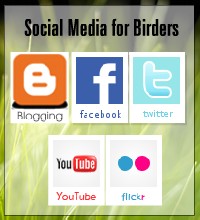 I think I know what many birders who are still not on Facebook or blogging think. Social Media is a waste of time and it will only result in less time for birding. Can’t be bothered with that!
I think I know what many birders who are still not on Facebook or blogging think. Social Media is a waste of time and it will only result in less time for birding. Can’t be bothered with that!


